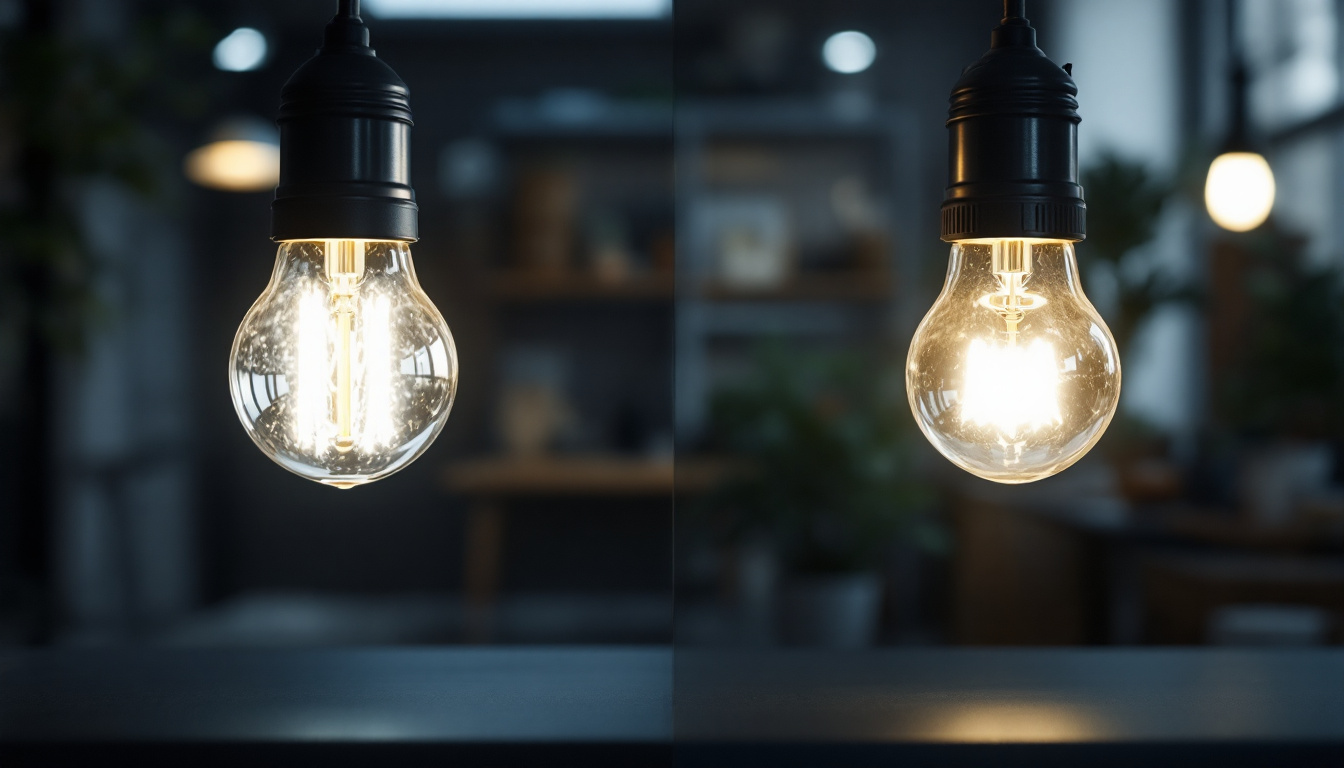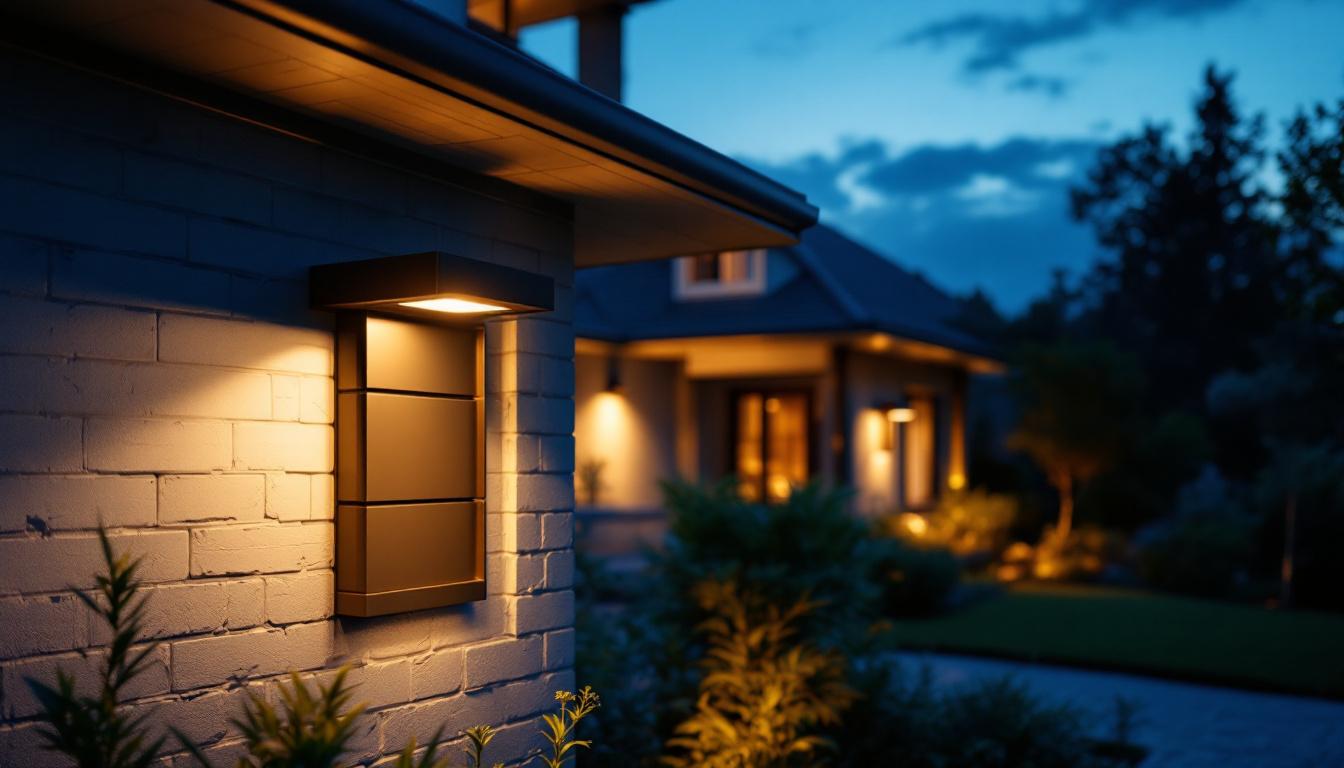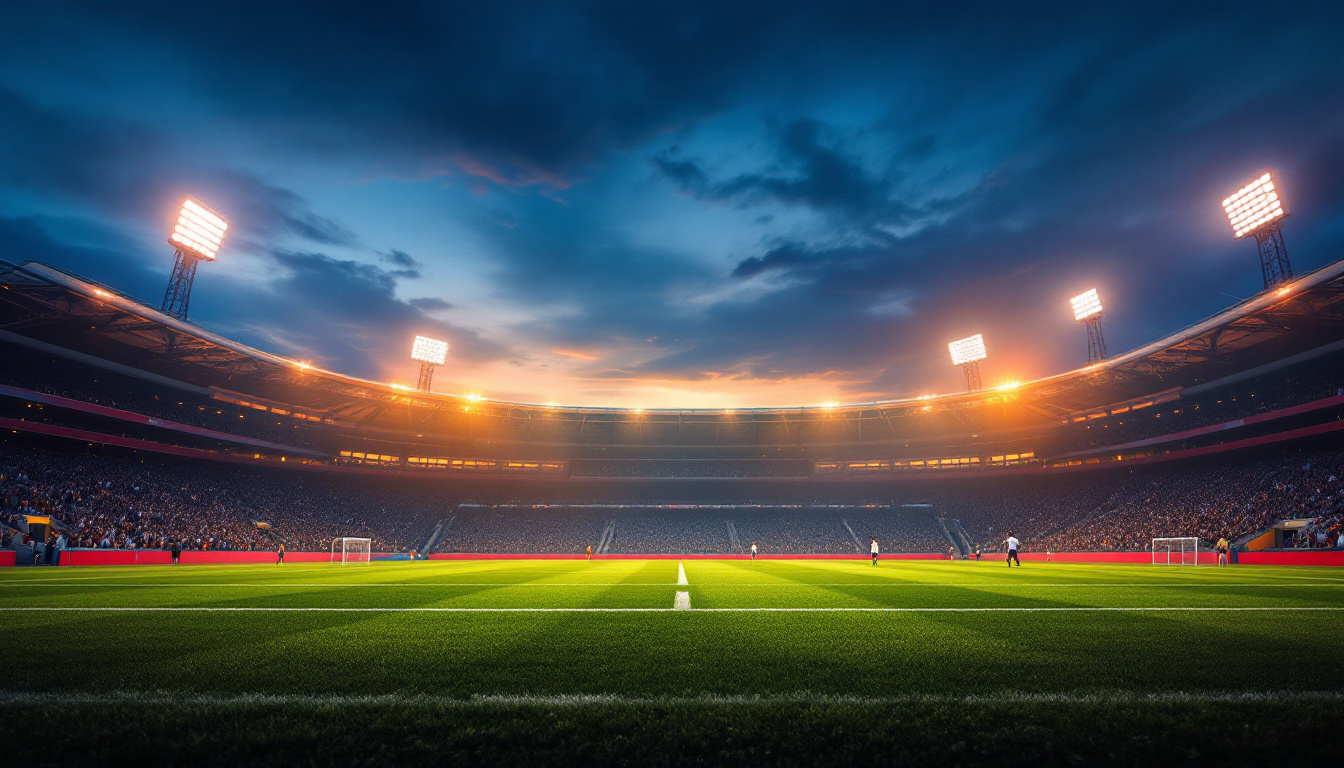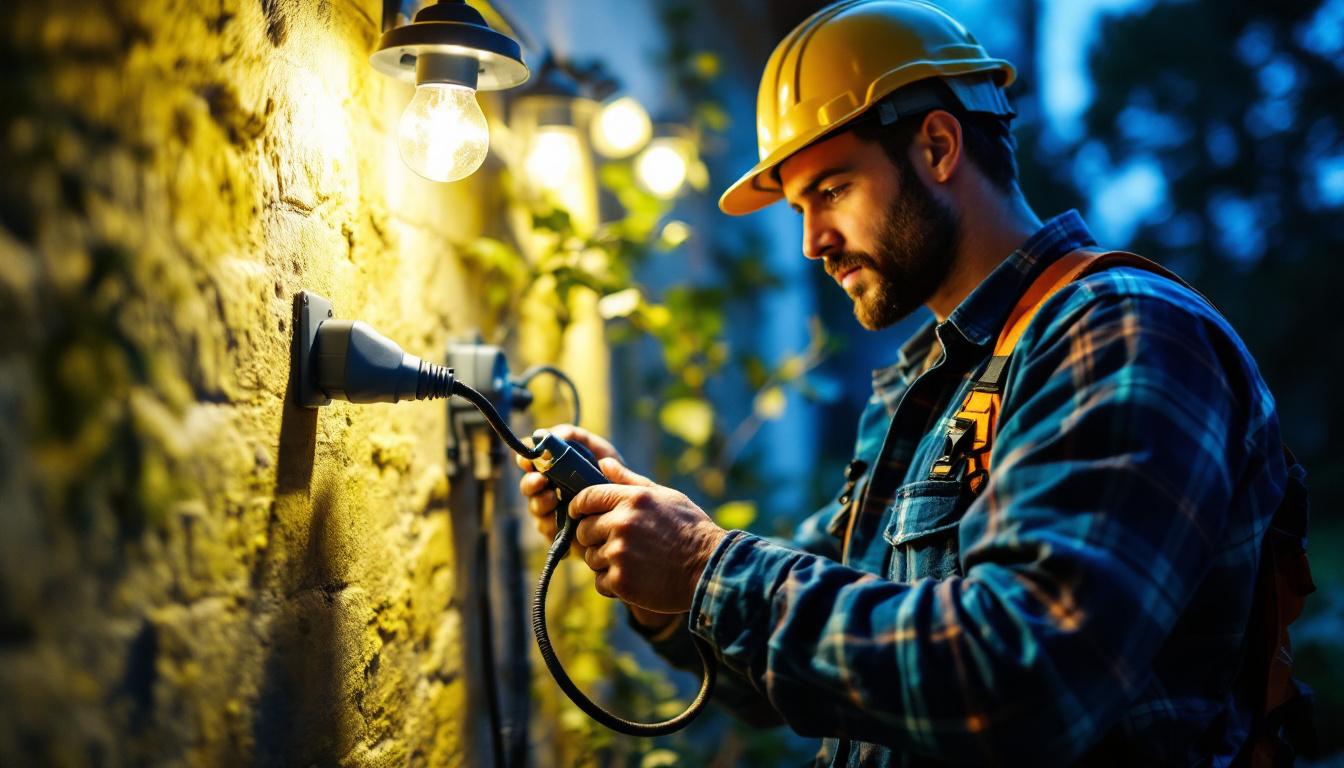
In the world of lighting, contractors are often faced with a choice between fluorescent lamps and LED technology. Each option has its own set of advantages and disadvantages, making it crucial for lighting professionals to understand the nuances of both. This article aims to provide a comprehensive comparison of fluorescent lamps and LEDs, focusing on their applications, efficiency, longevity, and overall performance. By the end, contractors will have a clearer understanding of which lighting solution best suits their needs and those of their clients.
Fluorescent lamps operate by passing an electric current through a gas, typically mercury vapor, which produces ultraviolet light. This UV light then excites a phosphor coating on the inside of the lamp, resulting in visible light. These lamps are available in various shapes and sizes, including tubes and compact designs, making them versatile for different applications.
One of the defining characteristics of fluorescent lamps is their ability to produce a significant amount of light while consuming relatively low energy compared to traditional incandescent bulbs. However, they do require a ballast to regulate the current, which can add to their complexity and installation costs. The ballast can be either magnetic or electronic, with the latter offering more energy efficiency and a longer lifespan. Furthermore, advancements in technology have led to the development of high-efficiency fluorescent lamps that provide even greater light output while minimizing energy consumption, thus appealing to environmentally conscious consumers.
Fluorescent lamps have been a staple in commercial and industrial settings for decades. They are commonly used in offices, schools, and retail spaces due to their efficiency and ability to provide bright, even lighting. Additionally, they are often employed in environments where color rendering is not critical, such as warehouses and storage facilities. Their long lifespan and low heat output make them ideal for use in areas where lighting is needed for extended periods without the risk of overheating.
Despite their widespread use, fluorescent lamps are gradually being phased out in favor of more energy-efficient options like LEDs. However, they still hold relevance in specific applications where their characteristics are advantageous. For instance, in certain artistic and scientific settings, the specific light spectrum produced by fluorescent lamps can be beneficial for tasks such as color matching in textile manufacturing or providing the right conditions for plant growth in horticulture. Moreover, the cost-effectiveness of fluorescent lamps, particularly in large-scale installations, continues to make them a viable choice for budget-conscious projects, ensuring their place in the lighting landscape for the foreseeable future.
Light Emitting Diodes (LEDs) are semiconductor devices that emit light when an electric current passes through them. Unlike fluorescent lamps, LEDs do not rely on gas or a phosphor coating to produce light. Instead, they generate light directly, which contributes to their high efficiency and longevity. This direct emission of light is due to a process called electroluminescence, where electrons recombine with holes in the semiconductor material, releasing energy in the form of photons. This fundamental mechanism is what sets LEDs apart from traditional lighting technologies.
One of the most notable advantages of LEDs is their ability to provide instant illumination without the warm-up time associated with fluorescent lamps. Additionally, they are available in a wide range of color temperatures, allowing contractors to tailor lighting solutions to specific environments and aesthetic preferences. From warm white tones that create a cozy atmosphere in homes to cool daylight hues that enhance productivity in office settings, the versatility of LEDs makes them an ideal choice for various applications. Furthermore, advancements in LED technology have led to the development of smart lighting systems, where users can control brightness and color remotely, adding an extra layer of convenience and customization.
LEDs have rapidly gained popularity due to their numerous benefits. They consume significantly less energy than both incandescent and fluorescent lamps, resulting in lower electricity bills for clients. Furthermore, LEDs have an impressive lifespan, often lasting up to 25,000 hours or more, which reduces the frequency of replacements and maintenance costs. This longevity not only saves money but also minimizes the environmental impact associated with manufacturing and disposing of lighting products. As a result, businesses and homeowners alike are increasingly making the switch to LED technology as a long-term investment.
Another advantage is their environmental impact. LEDs are free from toxic materials like mercury, which is present in fluorescent lamps, making them a safer choice for both users and the environment. Additionally, their energy efficiency contributes to reduced carbon emissions, aligning with sustainability goals that many clients prioritize. The ability to recycle LED components further enhances their eco-friendliness, as many manufacturers are now implementing programs to reclaim materials from old bulbs. As the world moves towards greener solutions, the adoption of LED technology not only supports individual energy savings but also plays a crucial role in the broader effort to combat climate change and promote sustainable practices in lighting design.
When it comes to energy consumption, LEDs outshine fluorescent lamps. While fluorescent technology is more efficient than incandescent bulbs, LEDs take efficiency to the next level. An LED can produce the same amount of light as a fluorescent lamp while consuming up to 75% less energy. This stark difference not only translates to lower utility bills but also contributes to a more sustainable energy footprint.
For lighting contractors, this means that recommending LED solutions can significantly enhance their clients’ satisfaction and reduce ongoing operational costs. Clients are increasingly looking for ways to cut expenses, and energy-efficient lighting is one of the most effective strategies.
Longevity is another critical factor where LEDs have a clear advantage. While fluorescent lamps typically last around 7,000 to 15,000 hours, LEDs can last anywhere from 15,000 to 50,000 hours or more, depending on the quality of the product. This extended lifespan means fewer replacements and less maintenance, which is particularly beneficial for contractors managing large installations.
Moreover, the reduced need for replacements can lead to significant cost savings over time. Clients appreciate the lower maintenance burden, and contractors can focus on other projects rather than frequent lamp changes. This aspect of LED technology can be a strong selling point for contractors looking to differentiate themselves in a competitive market.
light quality is an essential consideration in any lighting application. Fluorescent lamps tend to have a lower Color Rendering Index (CRI), which measures how accurately a light source displays colors compared to natural light. While some high-quality fluorescent options exist, they often fall short of the superior color rendering offered by LEDs.
LEDs typically have a CRI of 80 or higher, with many products exceeding 90. This quality is particularly important in settings like retail spaces, art galleries, and residential applications, where accurate color representation is crucial. Lighting contractors should consider the specific needs of their clients when selecting between these two options, as the right choice can significantly impact the overall aesthetic and functionality of a space.
One of the most significant factors influencing the choice between fluorescent lamps and LEDs is cost. Generally, the initial investment for LED fixtures is higher than that for fluorescent lamps. However, this upfront cost must be weighed against the long-term savings associated with energy efficiency and longevity.
Contractors should educate their clients about the total cost of ownership, which includes not only the purchase price but also energy costs, maintenance expenses, and replacement frequency. In many cases, the long-term savings associated with LEDs can justify the higher initial investment, making them the more economical choice over time.
Many utility companies and government programs offer rebates and incentives for businesses that invest in energy-efficient lighting solutions. These programs can significantly offset the initial costs of LED installations, making them more accessible for clients. Lighting contractors should stay informed about available rebates in their region and communicate these opportunities to clients to facilitate the decision-making process.
As sustainability becomes a priority for many businesses, the environmental impact of lighting choices is gaining attention. LEDs are inherently more eco-friendly than fluorescent lamps due to their lower energy consumption and longer lifespan. By reducing energy usage, LEDs contribute to lower carbon emissions, aligning with the goals of many organizations striving to minimize their environmental footprint.
Contractors can position themselves as environmentally conscious professionals by advocating for LED solutions. This alignment with sustainability can enhance their reputation and appeal to clients who prioritize eco-friendly practices.
Another environmental consideration is the disposal of lighting products. Fluorescent lamps contain mercury, which poses a significant environmental hazard if not disposed of correctly. In contrast, LEDs do not contain toxic materials, making them safer for disposal and recycling.
Contractors should be aware of local regulations regarding the disposal of fluorescent lamps and educate clients on the importance of proper disposal methods. Additionally, promoting the recyclability of LEDs can further enhance their appeal as a sustainable lighting solution.
The choice between fluorescent lamps and LEDs is a critical decision for lighting contractors. While fluorescent technology has served the industry well for many years, the advantages of LED technology are increasingly compelling. From energy efficiency and longevity to light quality and environmental impact, LEDs offer significant benefits that align with the needs of modern clients.
Contractors must stay informed about the latest developments in lighting technology and be prepared to educate their clients on the advantages of LEDs. By doing so, they can position themselves as knowledgeable professionals who provide valuable insights and solutions tailored to their clients’ needs.
Ultimately, the decision between fluorescent lamps and LEDs will depend on the specific application, budget considerations, and client preferences. However, as the industry continues to evolve, it is clear that LEDs are becoming an essential tool for lighting contractors looking to deliver high-quality, energy-efficient lighting solutions.
Ready to elevate your lighting game? Choose LumenWholesale for your next project and experience the pinnacle of lighting excellence. Our extensive range of LED solutions is designed to meet the highest industry standards, providing you with reliable, high-performance lighting at unbeatable wholesale prices. Say goodbye to inflated markups and hello to top-quality, spec-grade products that will impress your clients and enhance any space. With free shipping on bulk orders, you can stock up on premium lighting without any hidden fees or compromises. Don’t settle for less—Wholesale Lighting at the Best Value is just a click away. Make the smart choice with LumenWholesale and light up your projects with confidence and affordability.

Discover how exterior coach lights can be a cost-effective solution for lighting contractors.

Discover how T8 LED tube lights can revolutionize your lighting solutions with their energy efficiency, longevity, and superior illumination.

Discover the essential guide for lighting contractors on selecting the perfect football field lights.

Discover the essential insights lighting contractors need for outdoor wire connectors.